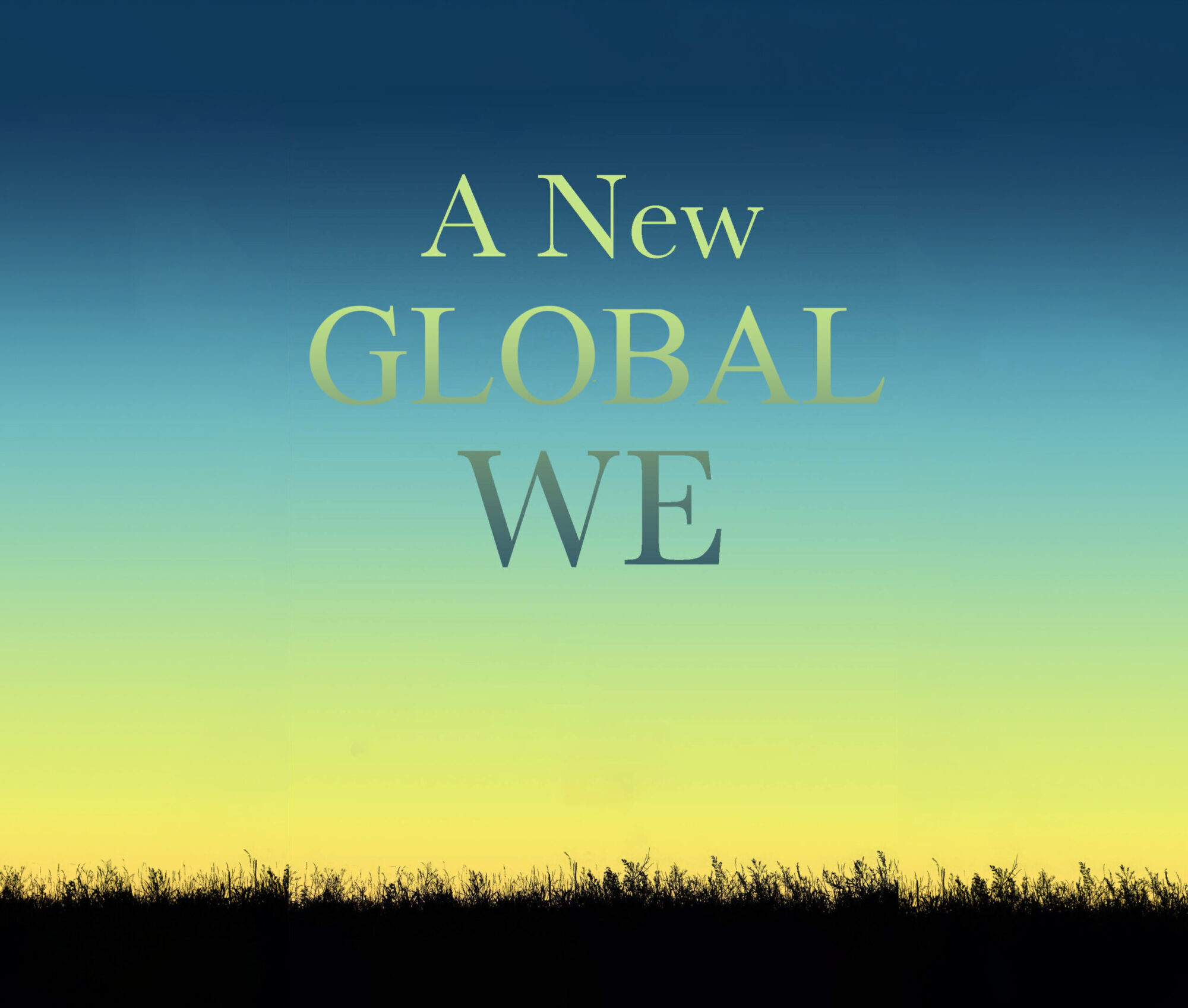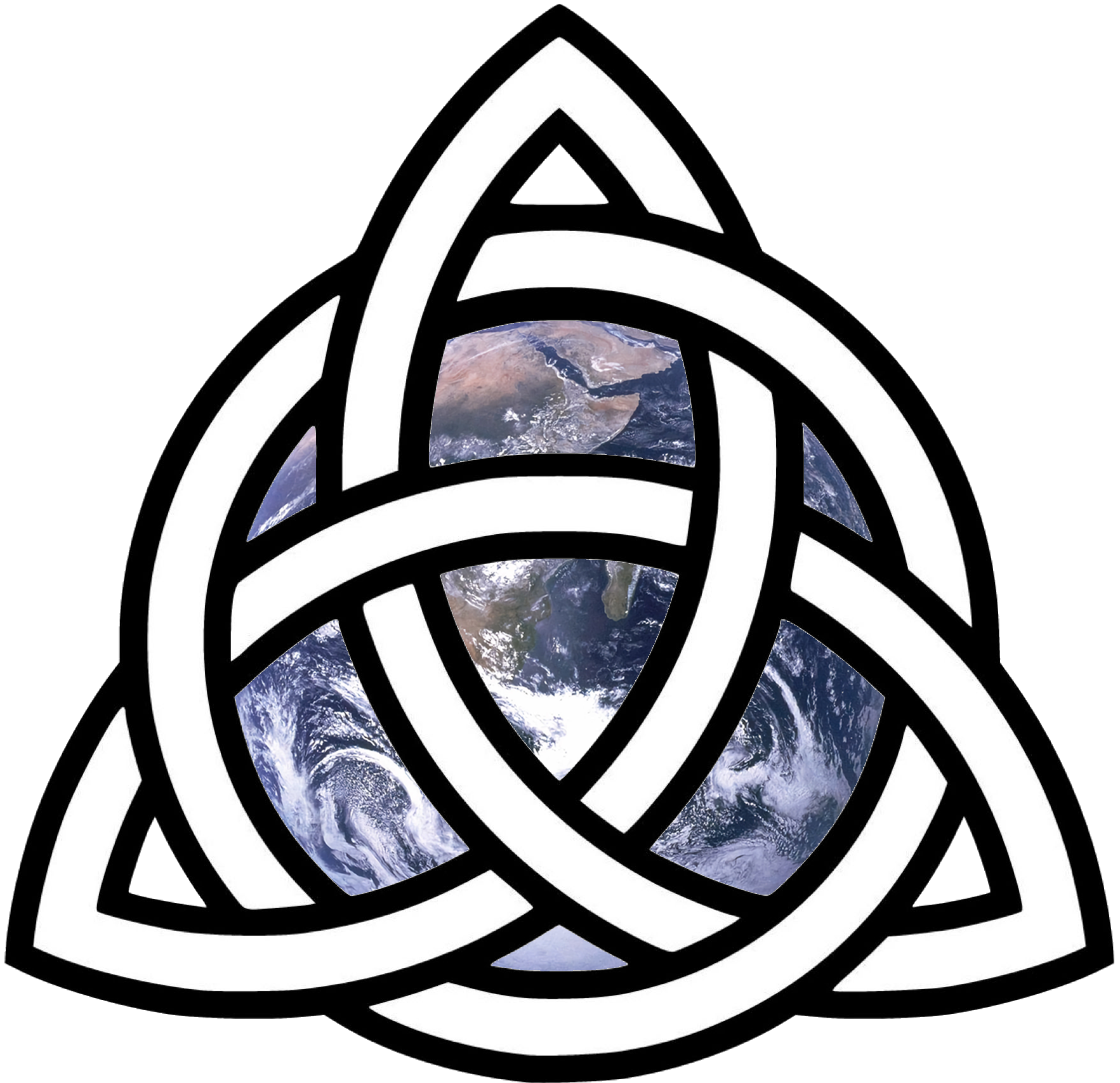Change, Evolution and Paradigm Shift
Individuals and human society change and evolve in two fundamental ways that are related to how we create meaning by expanding our awareness, and how we live into this expanded awareness through our perceptions, stories, cultures, institutions and the decisions we make in our daily lives. Usually, circumstances and the challenges they bring allow for developmental adjustments and adaptations to the way we think, live and organize ourselves.
At times however, the magnitude and pace of change require a radical shift – when the normal responses of adjustment and adaptation no longer work. In these times, the structures of society simply break down under the weight of the new challenges. The outcome is chaos and collapse, or a radical shift, what Thomas Kuhn calls a paradigm shift. We are at this point in our society today.
A ‘paradigm’ is a set of concepts or thought patterns that describe reality: a worldview. A paradigm shift, then, is a new – expanded – worldview that is able to address the challenges that the old system cannot and takes the system itself to a new expanded level. At first, society and its institutions typically reject this expanded world view and its implications, either out of special interests that benefit from maintaining the status quo, or simply out of cultural inertia and habit. In fact, the new worldview is often perceived as heretical and is either actively discredited or destroyed. However, the continuing challenges, the corresponding chaos, and the collapse of the old system, eventually trigger a drift towards the new worldview. Gradually – or perhaps suddenly under the right conditions – this worldview becomes the center of a new paradigm.
InterBeing
The emerging paradigm today is interbeing, which defines everything as interconnected and interdependent. For us humans, this expanded awareness has implications at every level. At a personal level it challenges and transforms all our perceptions and relationships with everyone and everything. The awareness of interbeing begins to heal the sense of alienation and isolation that the old paradigm fostered, along with its tendency towards xenophobia, blind prejudices, assumptions of privilege and superiority, and all the unexamined ways we relate to each other, the biosphere, the earth and even the cosmos.
At a group/interpersonal level, this new paradigm challenges our collective assumptions about differences, whether gender, religion, class, ethnicity, physical or mental ability, education, experience, age, etc. It pushes us to examine how we make choices that either break or bridge our relationships; how we include and exclude; and who gets to decide. This new paradigm forces us to reconsider our basic need and drive to belong.
At a societal level the new paradigm challenges our understanding of our most basic principles and cherished virtues of liberty, equality, and justice as they manifest themselves in our collective lives and institutions.
Conflict and Transformation
Conflict can be a critical nexus of transformation. Conflict has convening power: it creates the conditions for new groupings to emerge that were not possible, let alone conceivable, prior to the conflict’s emergence. Conflict also has transformative power, for when new, diverse groupings come together, and a safe place – a container – is created, transformation can occur in the form of new shared understanding that emerge from the tension that arise when group members hold and explore their differences with a measure of skill.
The work of transformation naturally progresses in four stages that reflect the evolution of this container:
- Instability of the container: when there is little trust or understanding or skill.
- Instability in the container: when there are some skills but differences emerge that are hard for the group to hold.
- Inquiry in the container: where there is growing skill to explore differences and develop mutual understanding.
- Creativity in the container: when new shared meaning emerges out of the tension generated by the differences along with real agreements on which to build a new way forward.
Theory of Transformation
The Great Work of this era is to live into our Interbeing. This will require a societal transformation that can perhaps best be accomplished by achieving what some have called, The Beloved Community.
We believe that to achieve this transformation requires attention to four foundational pillars:
✤Radical Yearning: This is the prework that prepares participants and the community to be open to new possibilities and ways of being with one other.
✤Radical Participation: A beloved community is only possible if members are committed to making it happen and are ready to become active participants in its creation.
✤Radical Nonviolence: This is a commitment by members to “do the work” so that all the overt and subtle ways that we inflict violence to each other are recognized and a commitment is made to minimize.
✤Radical Belonging: For a beloved community to exist, everyone must know they are welcome and included.
This container serves as a microcosm and a model for the eventual transformation of the society at large. Through these stages of transformation, the group is able to reimagine a society that is able to address the conflicts faced but also realize new possibilities together.
Accelerating an Emerging Movement – A New WE
A new WE awareness is already growing out of the ashes of the old system that no longer serves. But in the face of the magnitude of the challenges we face to today, this new awareness can – and must – be accelerated at every level.
At the individual and group levels, WE consciousness can be accelerated within the ‘containers’ that the Mindfulness-Dialogue method creates. At the societal level, even with limited resources, this transformation can also be accelerated through a ‘critical who.’ This ‘critical who’ is defined as small diverse groupings who, when convened and helped with their own transformation, can draw many more along with them. These groups are typically made up of mid-level influencers and leaders who are positioned between the power elite and the grassroots and have influence with and on both.
The ‘critical who’ serves as a model and a catalyst for societal change as they expand their own circles of identity. There can be many such groups that are able to focus on particular aspects of society – justice, freedom, the environment, etc. – and work to bring others along in the corresponding social movements that arise. These expanding movements and their expanding values become the underpinnings of a new society, including new institutions for its self-organization and realization.

